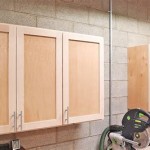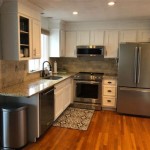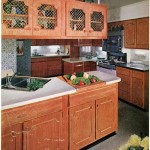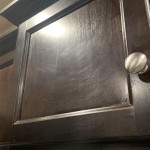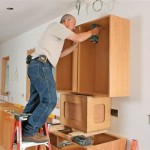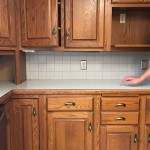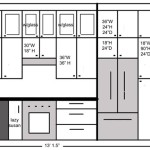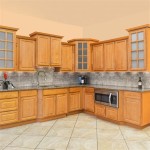Essential Aspects of Kitchen Base Cabinet Standard Depth
The standard depth of kitchen base cabinets is a crucial aspect that significantly impacts kitchen functionality, space utilization, and overall design. Understanding the essential aspects of cabinet depth helps designers, homeowners, and kitchen professionals make informed decisions that optimize space and meet specific needs.
This article explores the key aspects of kitchen base cabinet standard depth, providing insights into its significance and implications:
Countertop Overhang
Countertop overhang refers to the portion of the countertop that extends beyond the cabinet depth. A standard overhang ranges from 1-1/2 inches to 2 inches, allowing for comfortable seating at the kitchen island or countertop. A deeper overhang can accommodate wider chairs, while a smaller overhang provides a more streamlined and modern look.
Cabinet Reach
The depth of the cabinets determines the accessibility of items stored within. Deeper cabinets require users to reach further or use additional tools like cabinet organizers to access the contents. A standard depth of 24 inches provides ample space for storage without compromising accessibility, while deeper cabinets may require pull-out organizers or lazy Susans for optimal functionality.
Depth of Appliances
Kitchen appliances, such as ovens, dishwashers, and refrigerators, have varying depths. The cabinet depth should accommodate the appliances' standard dimensions, ensuring a seamless and integrated look. Deeper cabinets can accommodate larger appliances, while shallower cabinets may require custom modifications to accommodate standard-depth appliances.
Toe Kick Depth
The toe kick is the space between the cabinet base and the floor, providing a comfortable footrest and hiding plumbing lines. A standard toe kick depth of 4 inches allows for ample space for feet, while a deeper toe kick can accommodate added insulation or storage.
Island Size and Circulation
For kitchen islands, the depth of the cabinets impacts the overall size and circulation within the kitchen. Deeper cabinets can increase the footprint of the island, reducing the available floor space. Conversely, shallower cabinets allow for a more compact island, freeing up more space for movement.
Storage Capacity
The depth of the cabinets directly influences the storage capacity. Deeper cabinets offer more storage space, while shallower cabinets provide a compact and streamlined look. Understanding the storage needs is essential in determining the optimal cabinet depth.
Conclusion
Understanding the essential aspects of kitchen base cabinet standard depth empowers homeowners, designers, and kitchen professionals to make informed decisions that enhance functionality, optimize space, and create aesthetically pleasing kitchens. By considering countertop overhang, cabinet reach, appliance depth, toe kick depth, island size, circulation, and storage capacity, a kitchen can be customized to meet specific needs and achieve a harmonious balance of form and function.

Base Cabinet Size Chart Builders Surplus

Kitchen Base Cabinet Size Chart Builders Surplus Sizes Cabinets Drawers

Kitchen Cabinet Dimensions Size Guide

What Is The Standard Depth Of A Kitchen Cabinet Dimensions Cabinets Height Wall Units

Proper Depth For Frameless Cabinets

Standard Cabinet Dimensions

Kitchen Cabinet Sizes What Are Standard Dimensions Of Cabinets
Guide To Kitchen Cabinet Sizes And Dimensions

Bl 27 Kitchen Corner Base Cabinet With Blind W X 34 1 2 H 24 D Custom Unfinished Stained Or Painted

N Standard Kitchen Dimensions Renomart
Related Posts

